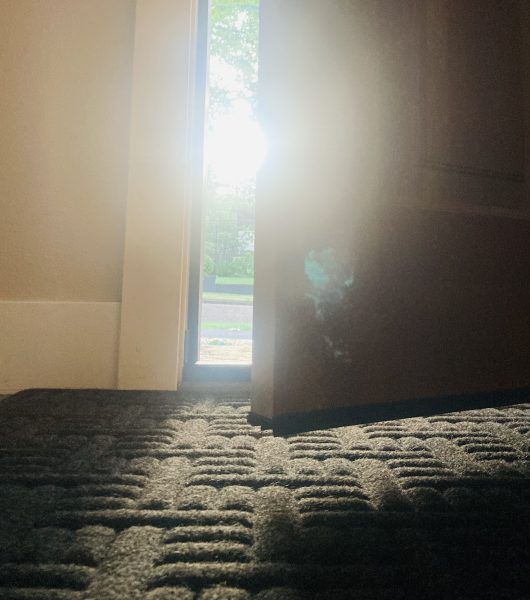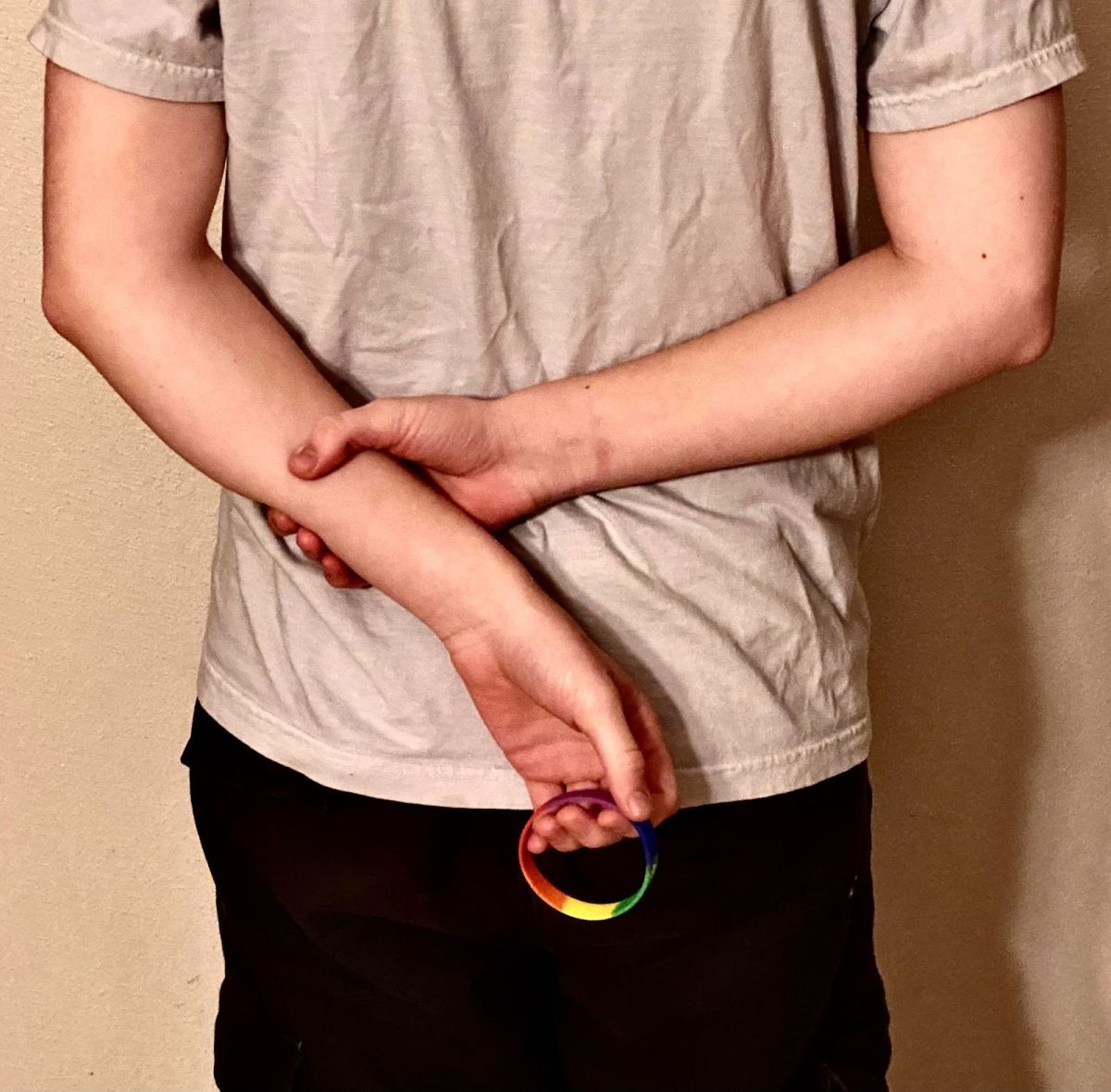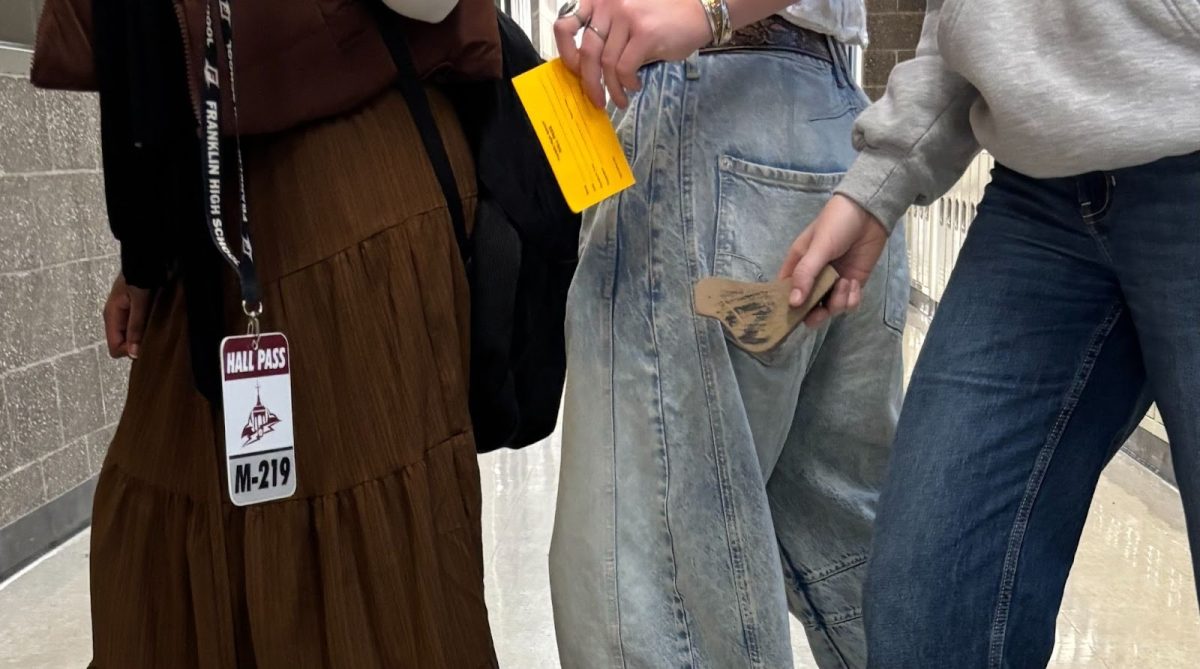
“Think of the worst thing you’ve ever done in your life. Now think of that following you everywhere.” Dustin Banks, the resource center manager at Sponsors Inc., who posed this query, works closely with formerly incarcerated people. Their reality is a difficult, complicated one.
Most Americans believe that crime merits punishment. But what that punishment should be is highly contested. Some view incarceration as the only answer, others call for prison reform. Election years tend to create a maelstrom of emotions about crime. In the 1988 attack ad against Democratic contender Michael Dukakis, George W. Bush successfully used one man’s crime to exploit voters’ racial prejudice. Still, in 2024, with claims of a migrant crime wave that The New York Times fact checked and found no statistical backing for, politicians continue to capitalize on the American people’s fear of violence and crisis.
Feeding emotional and politically charged thinking about a nuanced issue perpetuates racial biases and restricts the work of vital prison rehabilitation and reentry programs.
Since the founding of America, mass incarceration has been connected to race, a fact still seen in the disproportionate prison populations of today. A report by Vera Institute states that “Inequitable treatment has its roots in the correctional eras that came before it: each one building on the last and leading to the prison landscape we face today.” According to the New York State Bar Association, over 70% of people in U.S. jails and prisons have at least one mental illness or substance use disorder — or both. And that 70% is just those who have an official diagnosis.
“All of these people suffer from some trauma,” said lawyer Jason Webber, adding that he has “not had a client [who] had a happy, healthy childhood.” Because of this, incarceration is valued by many as an opportunity to seek treatment. Director of Transition and Reentry Services for Volunteers of America Oregon, Kathy Brazell Sévos, said, “It’s sort of an ability to say, hey, let’s take you out of that situation. Let’s give you a couple minutes of sobriety, let you think about your choices.” But the level of support required to reach true sobriety is not always there.
While Oregon’s 12 prison facilities offer various life skills programs, mental health programs, and drug and alcohol treatments, sufficient funding continues to be a challenge. This means that all too often, prison is used as “storage” for those who need further support in some aspect of their life. “Jail and prison are finite resources,” said lawyer Kenneth E. Kahn, “not an infinite number of beds.” Restorative justice programs can gain financial support through the Restorative Justice Grant Program, for which they must apply. Even where support is available, often only individuals who are actively seeking it are able to access it, and support varies between correctional facilities.
When root issues like mental health and addiction are not addressed, behavior does not change. An analysis conducted by the U.S. Department of Justice in 24 states found that 82% of individuals released from state prison were rearrested within 10 years of their release. The U.S. has one of the highest recidivism rates in the world, largely caused by a failure to address the issues at the root of illegal behavior.
According to the Bureau of Justice Statistics, 95% of state prisoners will be released from prison in their lifetime, and their reentry can be incredibly challenging due to the lack of rehabilitation programs. There are adults who have been incarcerated for 20 years and have never touched a cell phone. There are individuals who entered prison in their teens and have no degree or work experience. While Oregon has a “ban the box” law, which prohibits employers from asking about criminal convictions, this only applies before the interview process, after which employers are free to question. While jobs are out there, Lohrke Law reports that “The availability of these jobs can vary from one location to the next, and some may find that certain employers are unwilling to hire felons.” Without a job or family members who can afford to give them a place to live, it is extremely challenging to first find someone willing to rent to them, and then be able to afford it.
“The main problem people face upon re-entry is themselves,” said Webber. “If they have not addressed the root of the problems that led them to prison then they almost always end up right back in prison. So it’s our society’s job to offer services.”
Tonja Todd, a case manager at SE Works, a nonprofit dedicated to helping underserved groups, wrote, “Many re-entry programs and support services operate on limited budgets, hindering their ability to provide comprehensive assistance to individuals leaving prison.”
Banks illustrated how many tools are needed for someone to rebuild their life. From outfitting people with socks and shoes, to helping them find jobs and housing, Sponsors and many organizations like it work to “help them create a solid foundation for them to build upon.”
Despite humble beginnings, it’s important to Banks that those he helps don’t settle for the minimum. “We want to see people be successful, and it’s hard to do that working at Taco Bell.”
Banks, whose staff is largely composed of people with conviction histories, said one way to encourage this success is through advocacy. Seeing someone with a conviction history achieve success can inspire others, and “as they continue to be successful, they hopefully leave the ladder down for someone else.”
There are countries who have experimented and made improvements in how they address incarceration. Norway, now regarded as the paragon of rehabilitative justice, once had similar crime statistics to the U.S. However, in 1990, they threw out their existing legal system: overhauling prisons, eliminating life sentences, and shortening jail time. They created a new system focused on emotional and moral rehabilitation and job skills. Strikingly humane, their prisons made headlines.
Despite external skepticism, their investment paid off. Business Insider states that Norway now has one of the lowest recidivism rates in the world at 20%. Their system proved that incarceration is ineffective unless combined with programs that get to the root of problems. They did this by creating a place where the only thing taken away was freedom — not humanity, dignity, or hope.
Oregon has done its own experimentation, but with less success. In November of 2020, Measure 110, which decriminalized the possession of small amounts of hard drugs, was passed. Many voters supported Measure 110 believing that it would help treat addiction and decrease racial disparities of arrests. The COVID-19 pandemic and increase in fentanyl complicated the measure’s execution.
“People voted to decriminalize drugs because they wanted to help people get help,” said Sévos. But now, in September of 2024, Oregon has overhauled the decision, with responses to possession varying in intensity by county. Yet, what four years of Measure 110 did show is that however much Oregon believed in rehabilitation, many factors needed to operate effectively for decriminalization to be a true solution.
In a year where fear and speculation are being fueled by the upcoming election, it’s critical to keep the humanity of these issues front and center. As Banks put it, “Just because someone made a bad decision once doesn’t mean someone is a bad person, it means they made a mistake. And people make mistakes.”


































